The American states cutting taxes
Pandemic panic to economic windfall
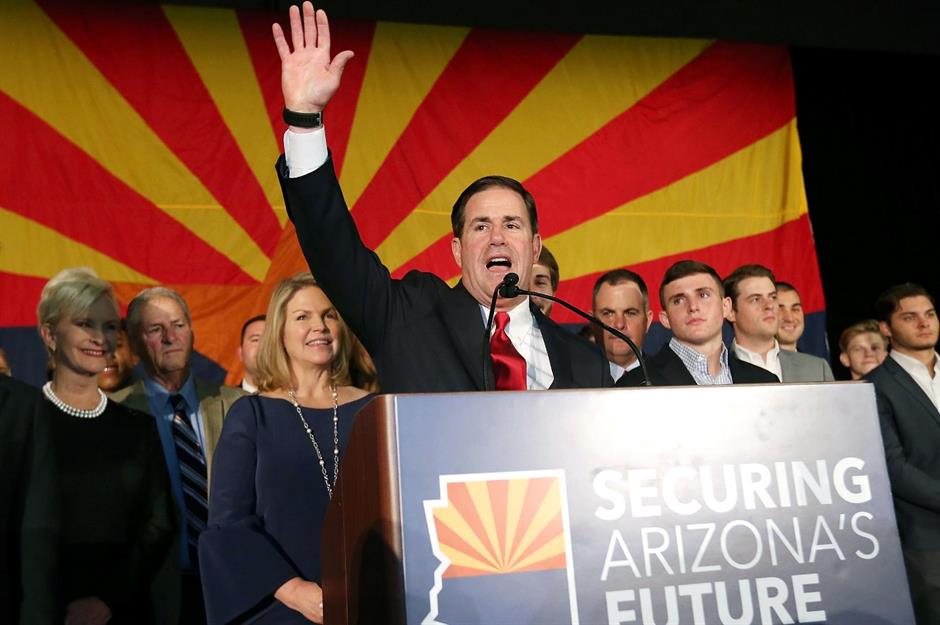
When the COVID-19 pandemic hit, the need to issue stay-at-home orders meant that the government had to offer emergency financial assistance to citizens, some of who couldn't do their jobs from home and had to stop working overnight. Help came at a federal level from three rounds of stimulus payments, as well as other benefits such as support for those who'd lost their jobs or were struggling to pay mortgage payments. Most recently, the IRS has announced that it will raise federal tax thresholds for 2022 to reflect inflation rates.
At a state level, meanwhile, leaders started to panic about the financial implications of the COVID-19 pandemic, anticipating heavy cuts to services and budgets left in tatters. But their worst fears weren’t realized – quite the opposite, in fact... Read on to find out why and which states are cutting taxes as a result.
Giving money back to the people
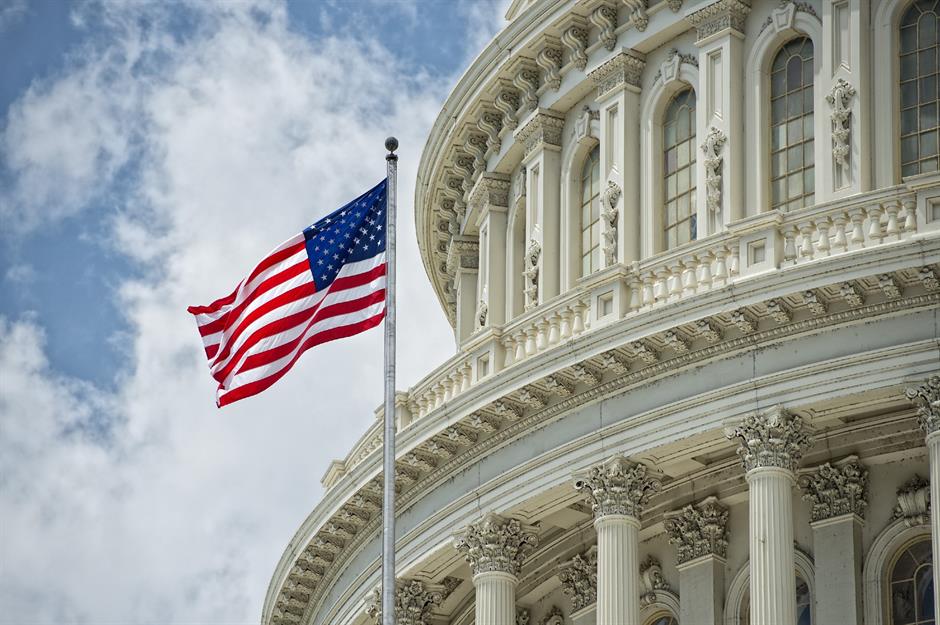
Many states have actually found they have a large budget surplus. Income taxes were still coming in as many businesses successfully pivoted to home working, while those in need were supported by federal measures. Not only that but the stock market soon bounced back, boosting capital gains tax income, and sales taxes weren't affected too much as people kept buying, just online.
And so, while there has been debate over whether the extra money should be saved or used to pursue policies states haven't been able to afford until now, several states have already opted to use the money to try to stimulate their economies through lowering taxes for residents. So which states are using their extra funds to cut taxes?
Georgia
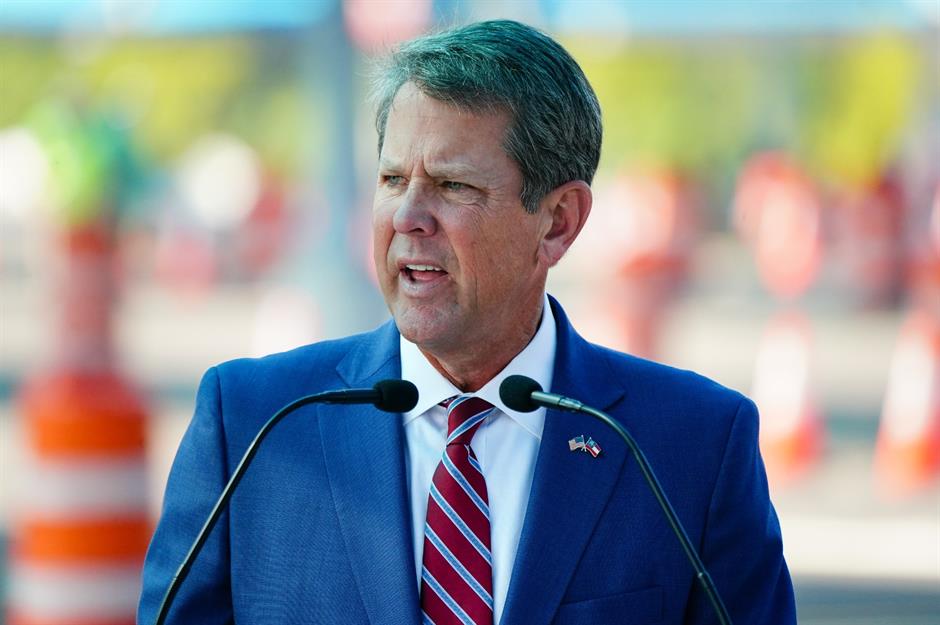
Georgia was the first state to enact a cut to income tax when Governor Brian Kemp signed a change into law in late March. Kemp said the move highlighted the effectiveness of his government’s handling of the COVID-19 pandemic. The change will come into effect on 1 January 2022 and will see each individual filers save an average of $43 a year and couples around $63 each year, with the state losing out on $140 million of income tax payments overall. The bill also increases the threshold of how much a person needs to be earning before their income is taxable.
Washington
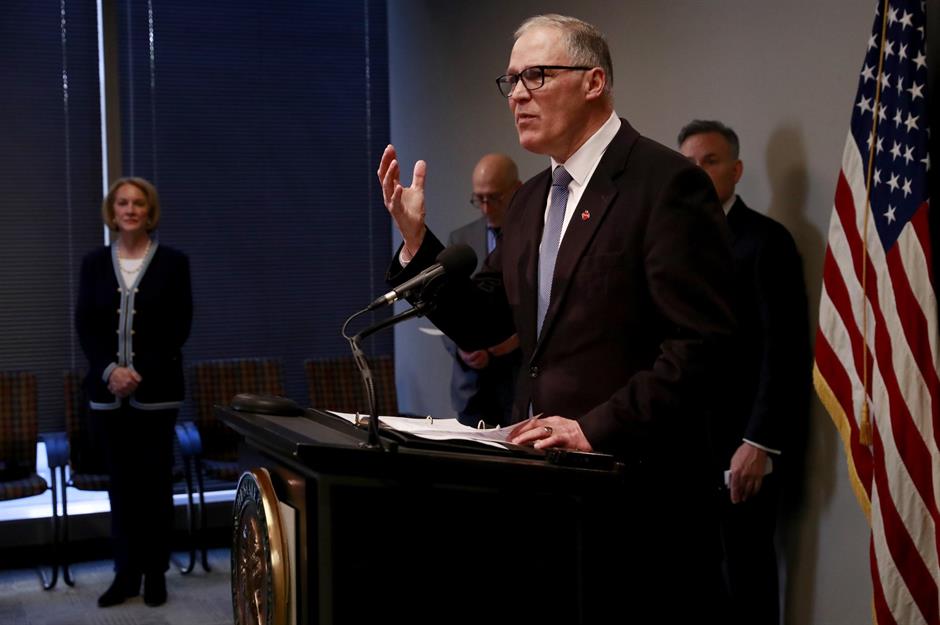
Washington’s Democrat Governor Jay Inslee enacted a Robin Hood-style approach to taxing Washingtonians – he signed in a new capital gains tax for some of the state’s wealthiest residents, while giving an annual tax rebate to lower-income workers. Inslee says the move is an attempt to create a fairer tax system in the state. As a result, any profits on sales of investments that top $250,000 will be subject to a 7% tax as of fiscal year 2023, while the “Working Families” tax rebate will see 420,000 lower-income Washington residents receive annual payments of between $300 and $1,200.
Montana

Montana Governor Greg Gianforte signed a number of new tax measures into law in May, including the lowering of the top income tax rate from 6.9% to 6.75% as of the 2022 tax year. So almost two-thirds of the benefits will go to the top 10% of income earners, and 42% of households won’t see any change in their taxes. From 2024, the state’s seven-bracket income tax system will be slimlined into a two-bracket system with rates of 4.7% and 6.5%, tying in with the standard federal rates. This means an additional 55,000 to 93,000 low-income tax payers won’t have to pay any state income tax when the new system comes into force in less than four years’ time, although some will see their tax bills increase as dozens of tax breaks will be eliminated.
Idaho

Idaho’s Governor Brad Little announced in May that state authorities had brought about the largest tax cut in the state’s history, saving Idahoans $435 million in total. The bill includes a $220 million one-time tax rebate of a minimum of $50 per taxpayer and dependent, as well as $163 million-worth of ongoing tax reductions that include shifting from seven tax brackets to five and lowering the top personal and corporate tax rates from 6.925% to 6.5%. The Gem State is able to introduce these relief measures after a budget boost from sales taxes on out-of-state online purchases, according to Idaho Freedom Foundation.
Oklahoma
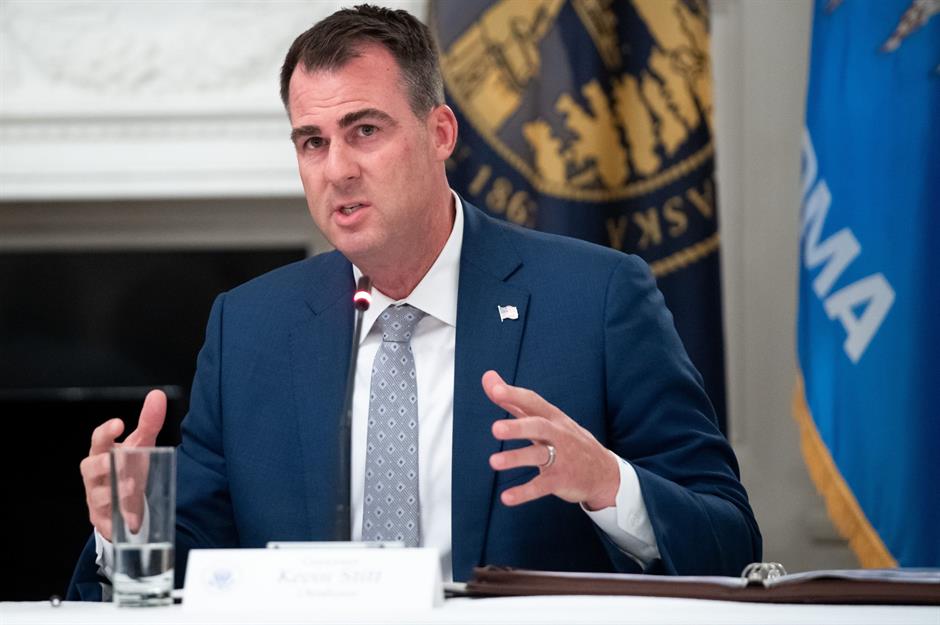
Oklahoma’s new budget was signed by Governor Kevin Stitt in May and it included cuts to the state’s corporate and individual income tax rates, effective from the start of 2022. By reducing corporate income tax from 6% to 4%, Oklahoma will tie with Missouri as the state with the second lowest rate in the US, while North Carolina’s 2.5% rate remains the lowest. Individual income tax rates will see a marginal decrease of 0.25% across the board, bringing the top rate down to 4.75%. The cuts will cause the state to lose $110 million and $170 million from corporate and individual income tax revenue respectively.
Nebraska
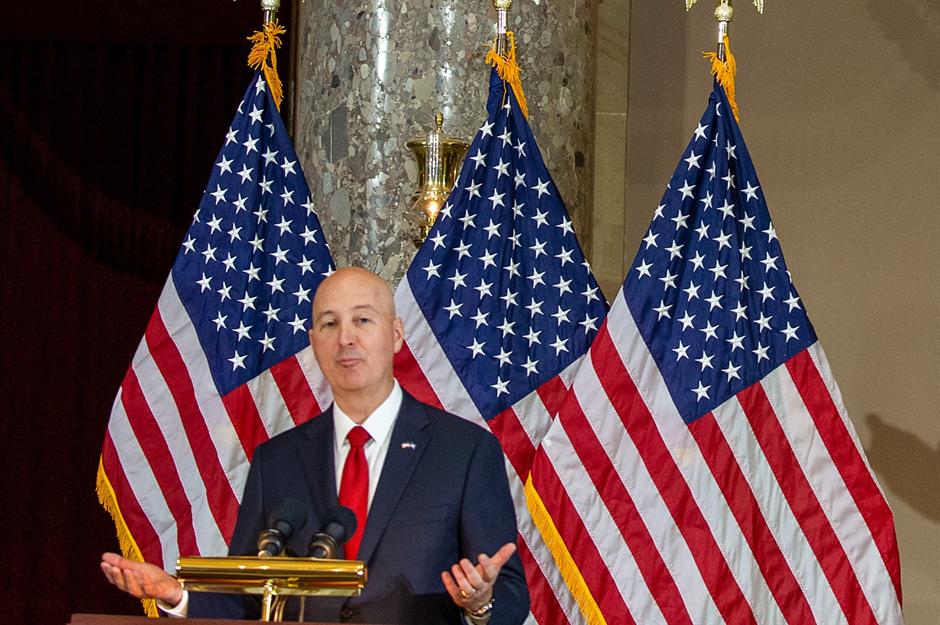
Also in May, Nebraska’s Governor Pete Ricketts signed a bill that would reduce the state’s top corporate income tax from 7.81% to 7.5% as of 1 January 2022. This rate will then drop to 7.25% from January 2023. The lower corporate income tax rate will remain unchanged at 5.58%, and that applies to the first $100,000 of taxable corporate income. Policymakers hope that lower corporate tax rates will make Nebraska more attractive to investors and that a slow phase-in of reductions will prevent any disuprtions to future budgets.
Iowa

Iowa residents will benefit from a series of tax cuts, according to legislation signed into law in June, along with significant investment in the state’s mental health programs, childcare and housing. The new bill reduces the number of tax brackets from nine to four and brings the income tax rate down from 8.53% to 6.5%. State inheritance tax will be phased out over the next four years too, which will save taxpayers nearly $100 million. Governor Kim Reynolds says the cuts mark a “new era of growth and opportunity” in Iowa, and that further cuts to income tax are in the pipeline for next year.
Missouri
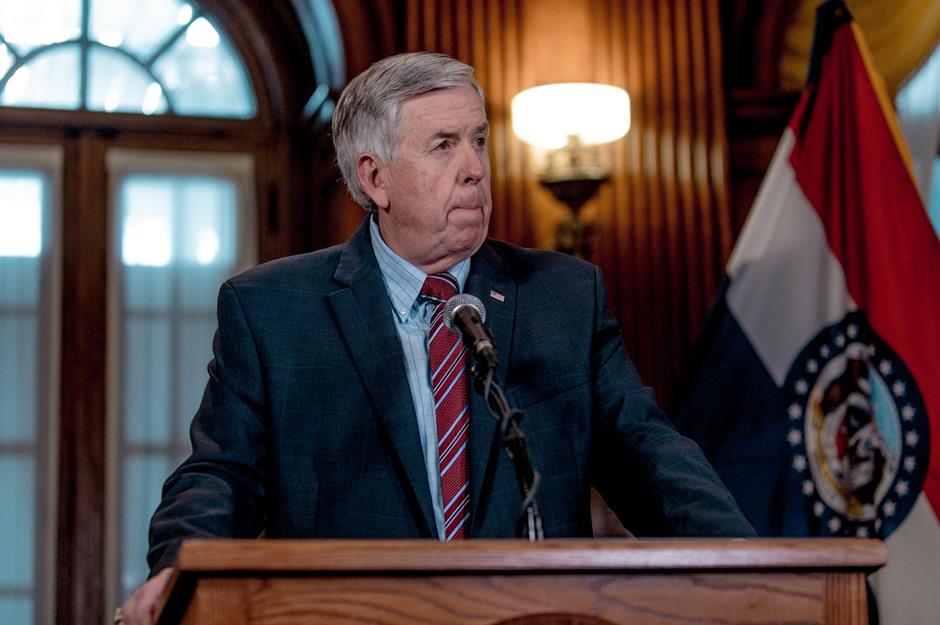
At the end of June, Missouri governor Mike Parson signed a bill into law that will increase sales tax collections, but instead of pocketing the extra income, policymakers opted to use the money to reduce individual income taxes for residents of the state. The top income tax rate is currently 5.4%, but that’s set to decrease by 0.1% each year from 2022 until it reaches 4.8% in 2028, provided the state’s finances remain in good shape. The new sales tax on online purchases, known as a Wayfair tax, will take effect in 2023 and allows the state to tax online purchases if the businesses have a physical presence in Missouri.
Arizona
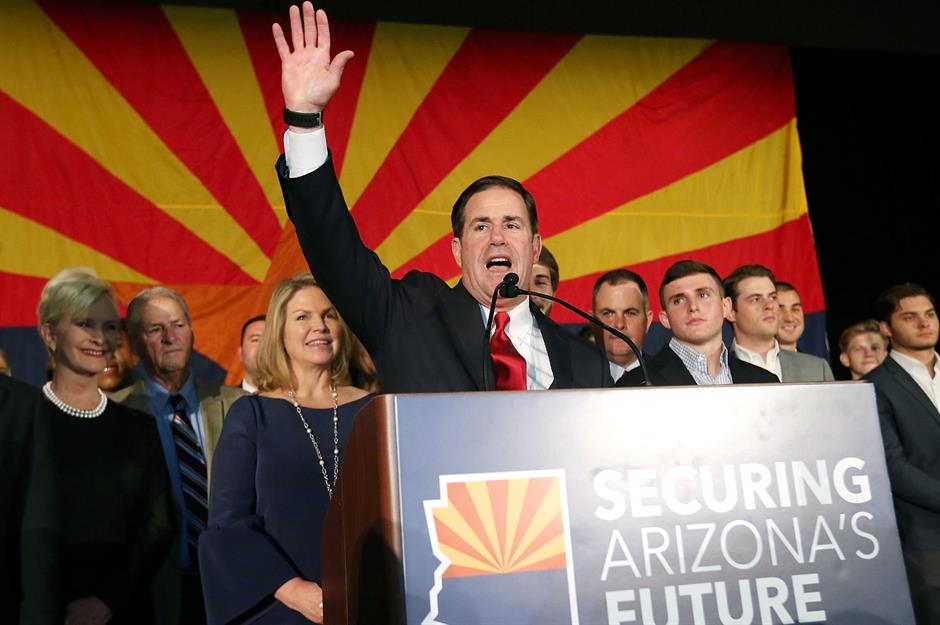
At the end of June, Arizona passed a reform package that lowers taxes for residents of the Grand Canyon State. The average taxpayer will benefit from a 13% reduction in income tax, which will be a saving of around $350 each year. The new budget signed in by Republican state governor Doug Ducey splits the state’s tax brackets into rates of 2.55% and 2.98%, depending on revenues. Ducey has also signed a bill that will impose a flat tax rate – where everybody pays the same rate regardless of income – of 2.5%, which would be the lowest flat tax rate in America.
New Hampshire

New Hampshire residents already have a good deal when it comes to taxes as they live in one of the nine US states that don’t charge income tax. Republican Governor Chris Sununu has now also signed a new budget into law, which includes phasing out the 5% tax rate that New Hampshire residents currently pay on interest, and the 1% rate on dividends. The taxes will disappear over the next five years, alongside other cuts to tax and business profits. The change in tax rules won’t benefit the state’s population equally though – residents with an income of more than $1.8 million (as of 2019) will receive an average tax reduction of $7,519, whereas those earning less than $31,000 would see their tax bills shrink by just $2, according to analysis by New Hampshire’s Fiscal Policy Institute.
Ohio

Lawmakers in Ohio approved a new two-year budget at the end of June, giving Ohioans tax relief adding up to $1.7 billion. More low-income residents will now be exempt from paying income tax, but it's the state’s wealthiest citizens who will profit the most, with the richest 5% receiving nearly 60% of the benefits brought about by the bill. The poorest 80% of residents will only receive 23% of the benefits. Governor Mike DeWine says that the bill fulfils his promise to invest in Ohio’s children, workers and infrastructure.
Wisconsin

Governor Tony Evers became the second Democratic governor to approve a GOP-initiated tax cut in 2021 when he signed off a new state budget in July. The two-year spending plan will see income tax slashed by $2 billion although around three-quarters of the cuts will only benefit Wisconsinites who earn more than $100,000 each year. The average person earning $61,000 will have their taxes cut by $488 this year, and $975 over the next two years, according to Revenue Secretary Peter Barca. The new legislature will also reduce property taxes by $100 for the average home in the coming year.
Louisiana

North Carolina

After months of negotiations, North Carolina's $25.7 billion state budget was passed on 18 November. Democratic governor Roy Cooper clashed with Republicans over the deal but ultimately said that "the good outweighs the bad" in the agreed budget, which will cut the personal income tax rate from 5.25% to 3.99% in the next five years. The bill will also phase out the state's corporate tax rate of 2.5% in the same period and raise salaries for teachers and other state employees by an average of 5%.
Now read about Trump's presidential projects canceled by Biden
Comments
Be the first to comment
Do you want to comment on this article? You need to be signed in for this feature
Most Popular
Features How Michael Jackson's children boost their bank balances